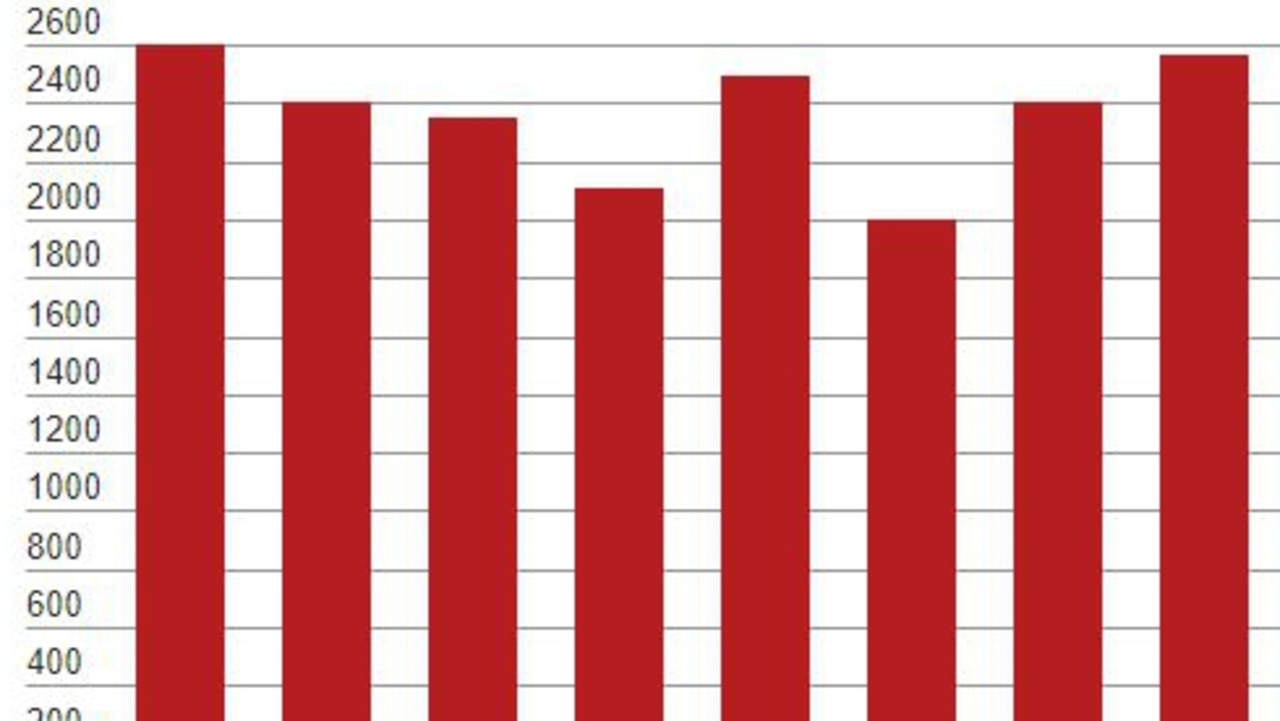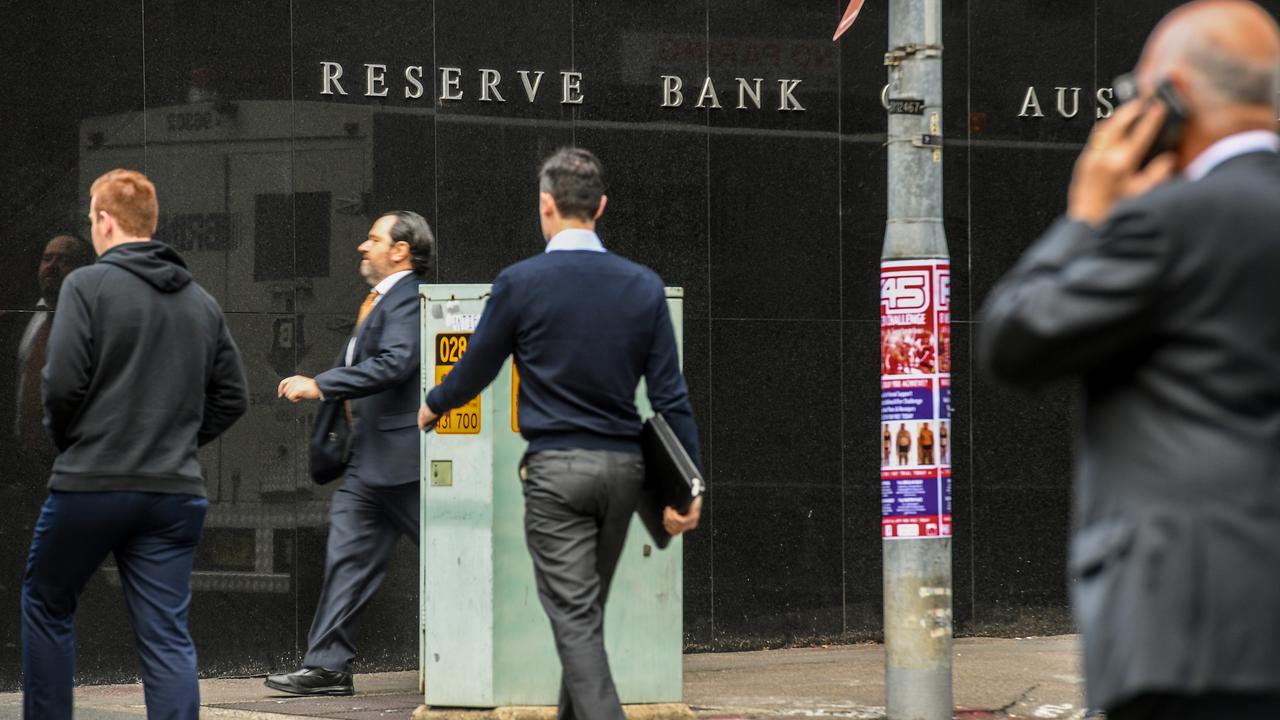Are you a top earner in your city?
THIS is what you need to earn each week to be in the top 10 per cent of full-time workers in each capital city.

IF YOU have ever wondered how the other half lives, you might start with how much they earn.
Figures provided to news.com.au show Sydney residents need to earn the highest wages — compared to other capital cities — to be considered among the city’s richest.
In order to be in the top 10 per cent of full-time workers, Sydneysiders need to earn $2600 per week (before tax), according to 2017 statistics provided by the Australian Bureau of Statistics (ABS).
This equals a yearly wage of $135,200.
The next highest earners lived in the ACT, where you need to earn $2566 a week to be in the top 10 per cent, followed by Perth on $2493 a week.
If you look at all Australian workers, you need to earn $2109 a week ($109,668 a year) to be in the top 10 per cent but this includes part-time and casual workers, so the figure is lower than what it would be for just full-time workers.
As news.com.au previously reported, the median income for full-time Australian workers is $1261 a week or $65,577 a year (before tax and superannuation). So if you are earning more than this you are earning a bigger income than half of all other workers, aged 15 years and older.
On a state-by-state basis, ACT workers were paid the most, followed by those who live in Western Australia and Northern Territory.
Median wages were the highest in Perth ($1400) followed by Brisbane ($1305) and then Sydney ($1304).
While Sydney had the highest wage for the top 10 per cent, its median wage was lower than Perth and Brisbane.
“The only thing that would likely explain this is that there are probably more people earning less in Sydney,” Professor Robert Breunig told news.com.au.
“Sydney probably incorporates pretty large areas of disadvantage that Perth wouldn’t have.”
Dr Breunig is the director of the Tax and Transfer Policy Institute at the ANU Crawford School of Public Policy. He said looking at median income, rather than average income, gave a better picture of the average worker.
“If you have a lot of people earning $600,000 but a few people earning $60 million, the average will be affected by the $60 million but the median won’t be.”
The median figure is calculated by ranking all the incomes from highest to lowest and finding the figure exactly in the middle.
The figures give Australians a more accurate idea of incomes for the average worker.
“I think one can be misled by one’s surroundings,” Dr Breunig said. “For those who know a lot of high-income people in Australia, you think earning more than $100,000 is typical but then you look at the statistics and realise not that many people earn that much.
“That’s why statistics are so important.”
Dr Breunig said he thought the higher wages in Sydney reflected the fact that it is a hub of high-productivity, high-value-added workers.
“Those people are going to be paid a lot and that will put upward pressure on things like housing that is in fixed or short supply,” he said.
“The advantage of lower income areas is there is less pricing pressure for housing etc but by the same token if there are higher paying jobs in Sydney because that’s where the finance industry is located, it’s obviously more attractive for workers as well, so it cuts both ways.”

Both the Turnbull Government and the Labor Opposition have released policies to give households more money as they struggle with low wage growth, which is only just keeping up with inflation.
Australia Institute chief economist Richard Denniss has previously noted that the minimum wage hasn’t grown nearly as fast as wages for those in the top 10 per cent.
RELATED: Are Australians entitled to whinge about low wage growth?
The average remuneration package for an ASX100 chief executive officer rose by 9.6 per cent between 2015 and 2017, according to analysis from corporate adviser Conrad Liveris.
If you take into account bonuses and other incentives, total remuneration rose from $3.43 million a year to $4.7 million — that’s a staggering 37 per cent increase — compared to 5.8 per cent for minimum wage workers.
Mr Liveris told news.com.au that huge salaries for CEOs began in the 1980s and 1990s when some businesses needed to attract foreign executives to take up high profile positions in Australia.
“They demanded high remuneration, especially salaries, because back then Australia was a ‘hardship-posting’ as communication and travel wasn’t as easy back then,” he said.




